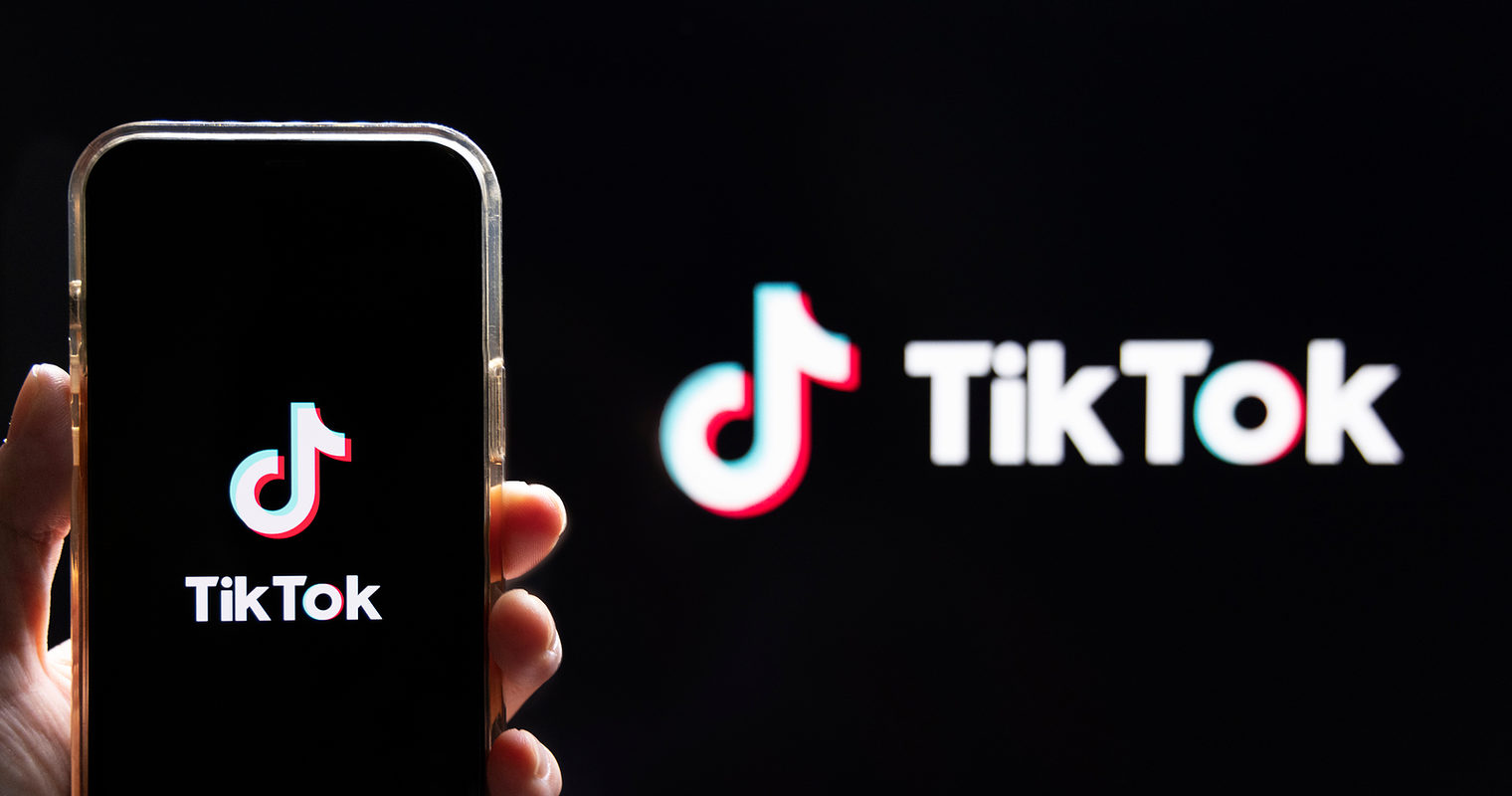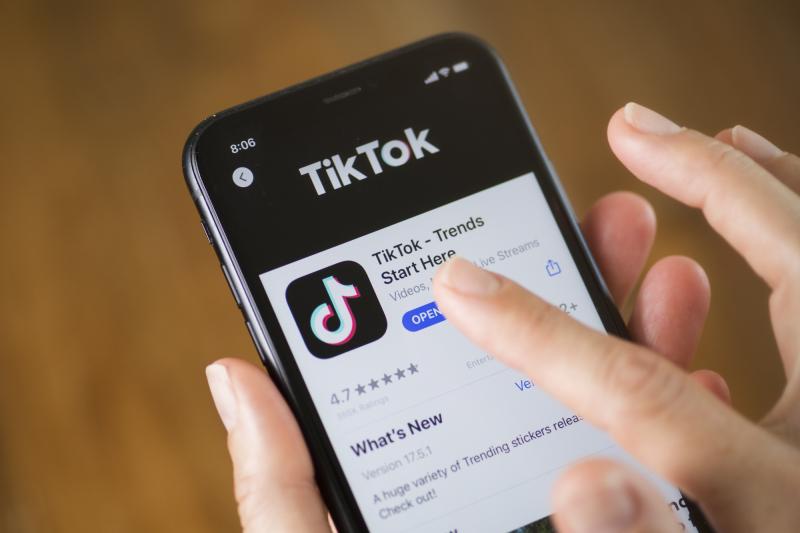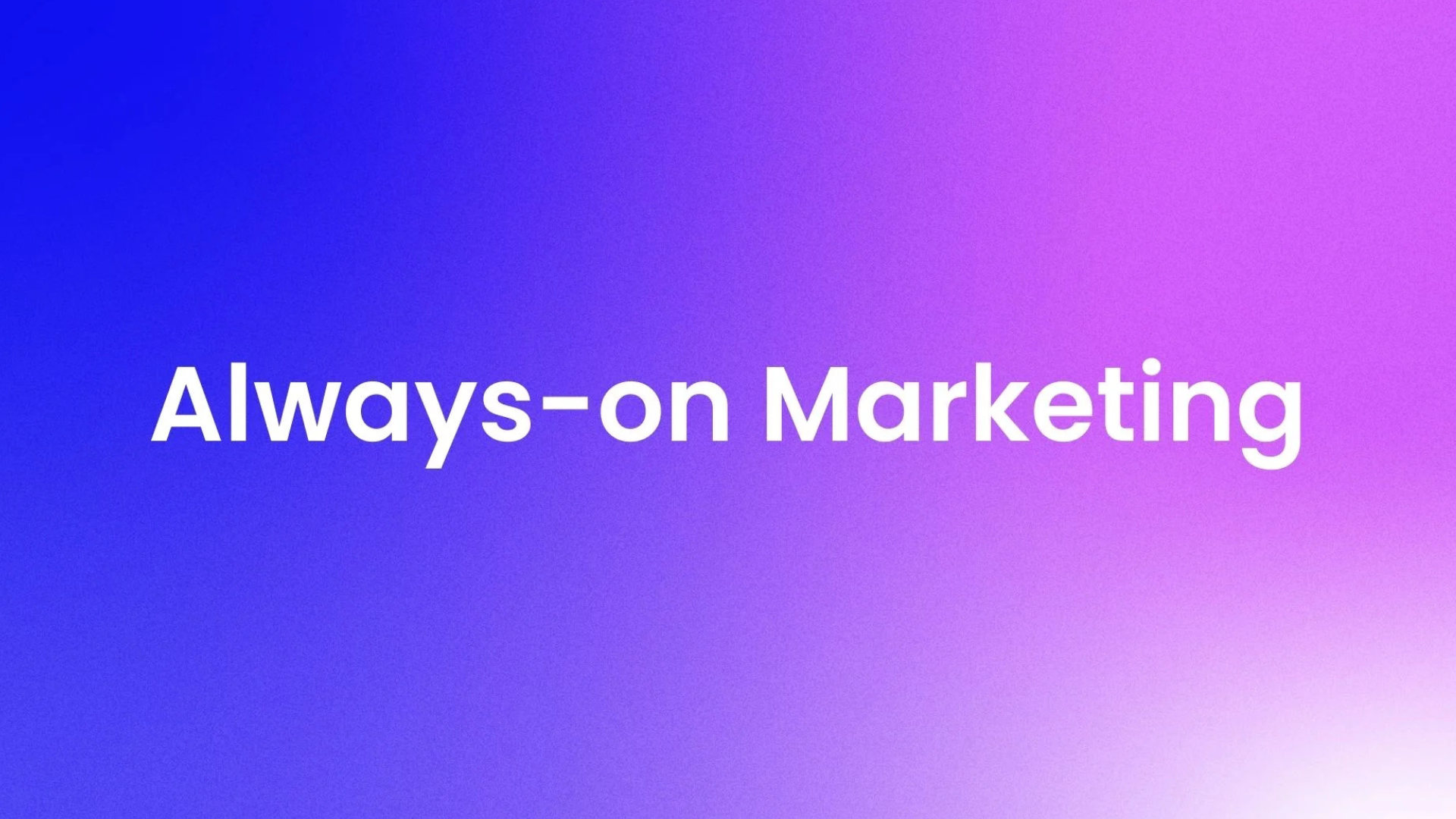TikTok is launching a separate U.S.-only version of its app, internally named M2, pending a new ownership structure and regulatory approval. It is designed to run on an entirely separate infrastructure, codebase, algorithm, and data systems from the global TikTok platform. The new app reflects an attempt to comply with U.S. security mandates while avoiding full removal of TikTok from the American digital ecosystem.
The expected launch date is September 5, 2025, with the existing U.S. app remaining functional through a transition period but becoming inaccessible entirely by March 2026.
Technical & AI Implications
TikTok is rebuilding the app from scratch for U.S. audiences, including creating recommendation algorithms using only U.S. user data, hosted on U.S. servers—likely through partnerships with companies like Oracle.
The major question: Will M2 replicate TikTok’s famed AI‑driven For You Page experience, or will it diverge in algorithm performance and affect engagement?
The U.S.-only version of TikTok, is planned to operate under a new structure: if a sale is finalized, it will be controlled by a U.S.-based joint venture where ByteDance retains a minority stake, while a group of American investors—including Oracle, Blackstone, Andreessen Horowitz, SIG, General Atlantic, and KKR—would hold majority ownership. This strategy aims to comply with the U.S. law requiring divestment of ByteDance’s U.S. operations by January 2025. The success of this plan remains contingent on approval from Chinese authorities, especially concerning algorithm transfer.
However, TikTok has issued public statements calling media reports on M2 “factually inaccurate,” and has not clarified whether the described details are correct or not, leaving some ambiguity about the true structure.

Privacy Assumptions:
- M2 will likely use U.S.-stored data only, segregated from global servers, and will apply the U.S. policy’s terms on collection, usage, retention, and sharing.
- Any future new M2-specific privacy policy should emerge before or in tandem with the app’s September 2025 launch as a legally distinct entity.
Impact on Stakeholders
For Users
- U.S. users (estimated ~170 million) will need to download M2 to access TikTok after the transition window. Existing accounts, followers, and content are expected to carry over—if executed smoothly.
- However, onboarding friction—like re-download hurdles or login barriers—could lead to user drop-off.
For Creators & Advertisers
- The creator economy in the U.S. may face disruption if algorithm shifts alter reach and virality patterns.
- Advertisers will demand clarity on the new ad stack, data governance, and performance metrics; legal and marketing teams will closely evaluate if M2 satisfies privacy concerns.
For Policy & Tech Strategy
- TikTok’s M2 separation could establish a global precedent: international platforms may need to operate region-specific versions to satisfy nation-state privacy laws.
The case raises complex questions about the feasibility of algorithmic sovereignty—how services replicate high-performing AI systems under ownership and regulatory constraints.
Timeline & Transition Path
| Phase | Date | Action/Event |
| M2 Launch | September 5, 2025 | New U.S.-only TikTok app goes live |
| TikTok Ban Takes Effect | September 17, 2025 | Deadline from law; existing app phased out |
| Legacy App Shutdown | March 2026 | Original app ceases working in U.S. |
Looking Ahead
TikTok’s M2 initiative represents a landmark intersection of technology, geopolitics, and platform governance. If it succeeds, TikTok may continue serving U.S. audiences under new ownership and technical independence, while serving as a blueprint for future “splintered” tech platforms.
Media Placement Services is here to keep you up to date on all things media! We will continue to keep track of the ever-changing landscape of TikTok (or M2) and provide our insights and ideas of how to continue to create the best strategic plans while being mindful of all that is happening in our world. Check out our services to learn more about how we can help you build a custom strategy.


